It turns out, the real draw was the friends we made along the way
There’s an old saying: The more things you draw, the better you become at drawing. But what happens when you run out of things to draw? What else can you sketch besides everyday items such as bones and musical instruments?
It’s time to dig a little deeper and take a more abstract approach. Before doing anything, take a few minutes to concentrate on your innermost feelings. Breathe in, breathe out and don’t think too hard. Got something? Good, because this week, we’ll learn how to draw an emotion.
Lines
With abstract representation, there aren’t any definitive steps you need to take. Instead, you have to channel your emotions through your body and onto the paper using whatever materials you have at hand. We’ll outline a few basic things to consider, in no particular order. In this example, we’re starting with a few simple lines. Where are they going? We have no idea. It’s all about the process, which means you don’t even have to draw weird lines like these. In fact, you shouldn’t. Don’t draw any lines! Unless you want to, then, it’s probably OK.
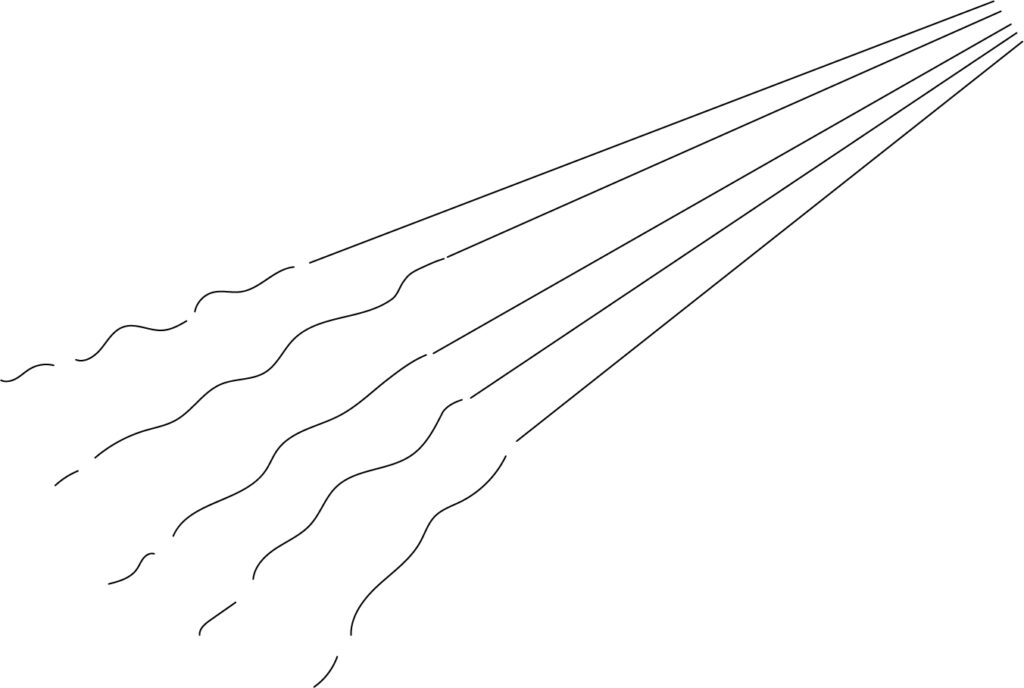
Shapes
Have you ever seen an abstract work of art that didn’t have shapes? You have? Well, that’s nice. If you like shapes and you think they’ll help you express what’s on your mind, why not throw a few of them up on the paper? You never know how much a single shape can change the emotional landscape of your work.
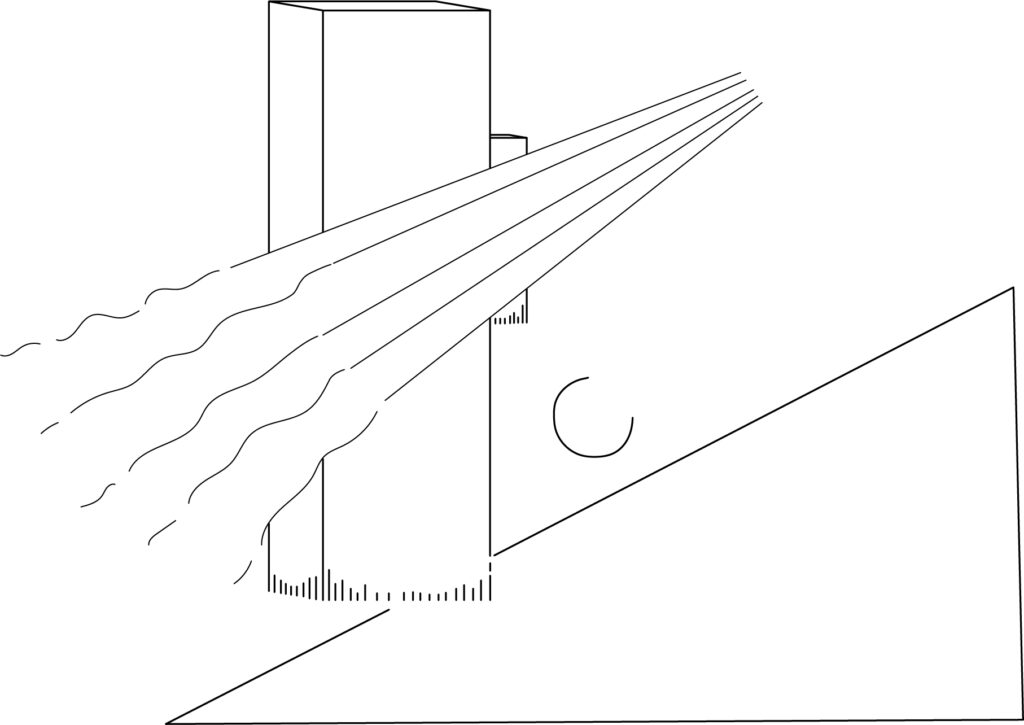
Symbols
Are there any images you associate with your current emotions? Recurring visitors that haunt your dreams at night? Maybe there’s an eye always watching you—never saying anything—just watching. The knowledge that you’re being observed is enough to make you grit your teeth and tense your muscles every time it floats up behind you. It’s gotten to a point where you don’t even realize you’re changing your behavior. This is just who you are now, a shell of your former self, only concerned with escaping the constant surveillance of ONE. BIG. EYE. … Or, if you have something else in mind, that’s cool too.
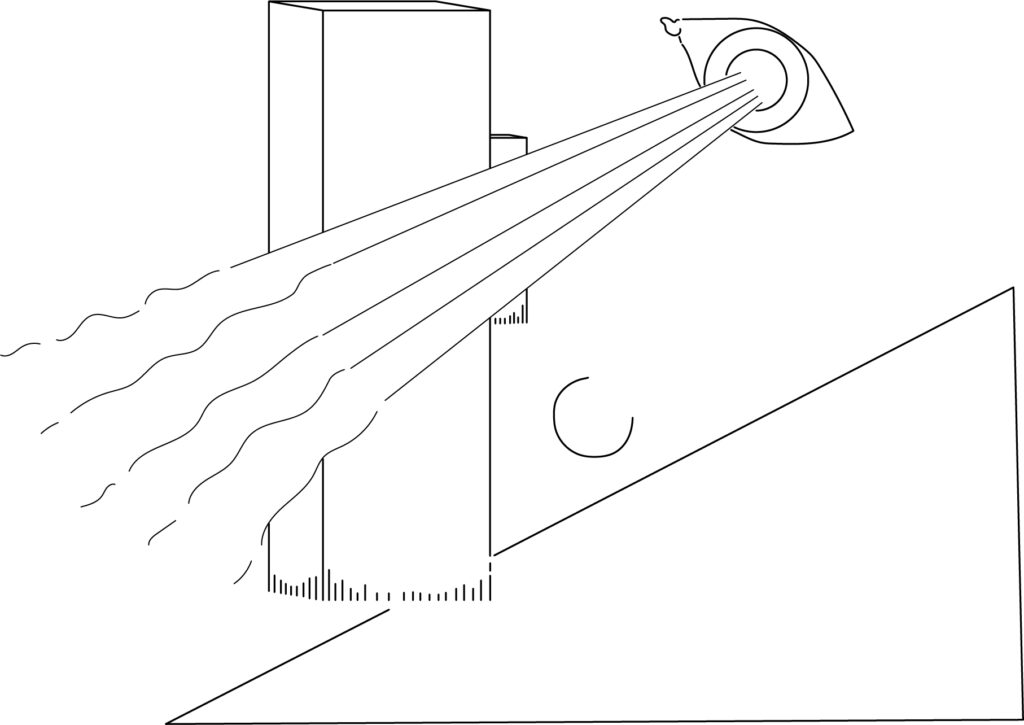
Texture
Wondering how to make your emotion feel palpable, as if it might leap off the page at any moment and allow you to clasp it between your hands? Us, too. At some point here, we did a bunch of shading to give a couple objects a sense of depth, and add a little texture to an otherwise flat image. Maybe that does something? We’re not really sure. It’s mostly trial and error. You’re pretty much on you’re own here, bud.
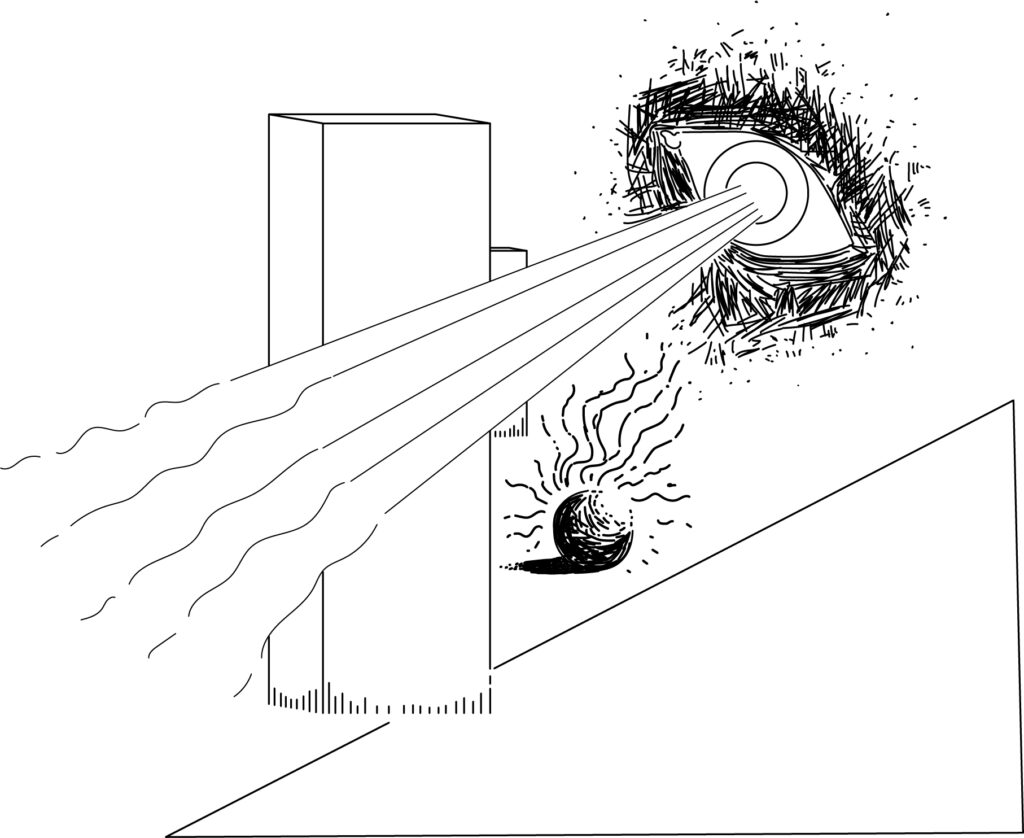
Color
The colors you choose can say a lot about your current mood. What kind of tone do you want to portray? Something bright and warm, with various oranges or yellows? Or something cool and distant, with a mix of blues and grays? Or maybe you like brown. Brown’s a good color—you can’t go wrong with that one.
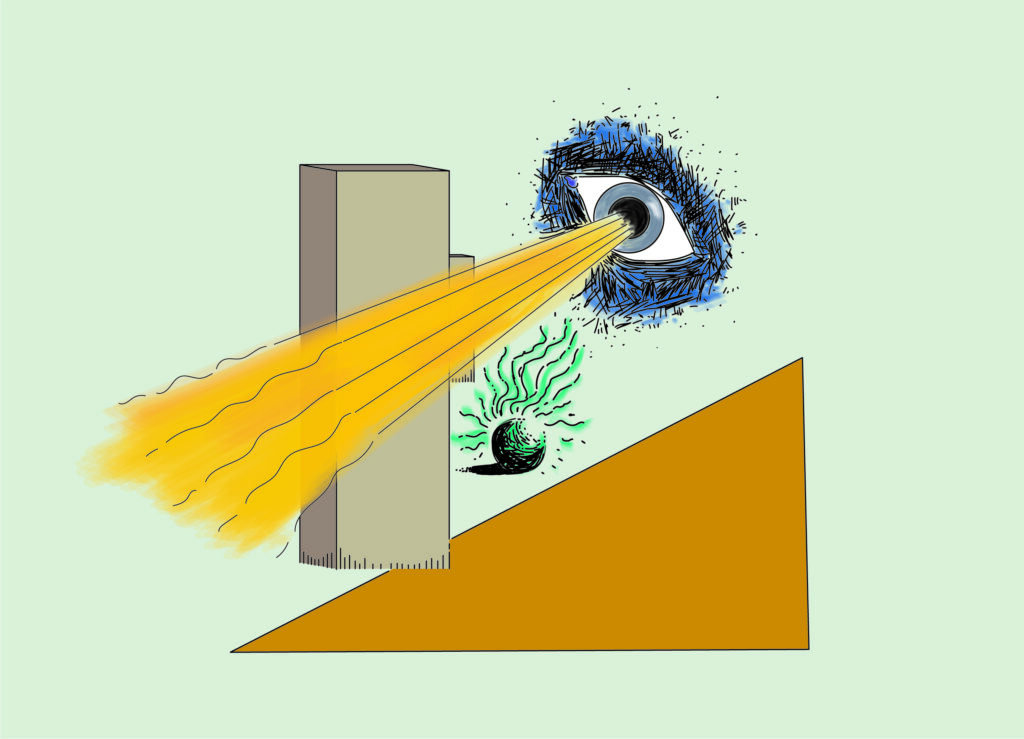
Done?
Is an abstract work ever complete? Who can say, really. It’s all up to you and your artist’s intuition. You’ll know it when you see it, because at this point, you’re now a master of drawing! We have nothing more to teach you. It’s time for you to go out into the world and draw whatever your mind conceives. We couldn’t be more proud of—what’s that? What emotion did we draw? It’s difficult to articulate—there’s actually a whole mix of feelings and experiences swirling around here—but when you step back and look at it, it seems pretty obvious, doesn’t it?

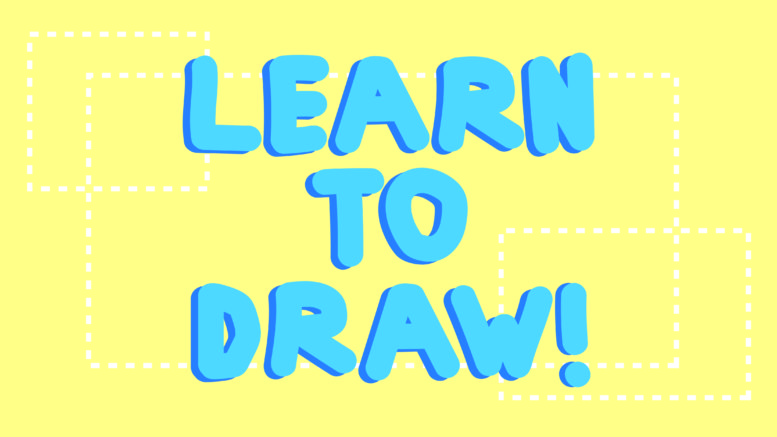
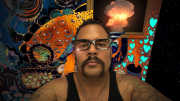
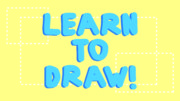

Be the first to comment on "Learn to draw"